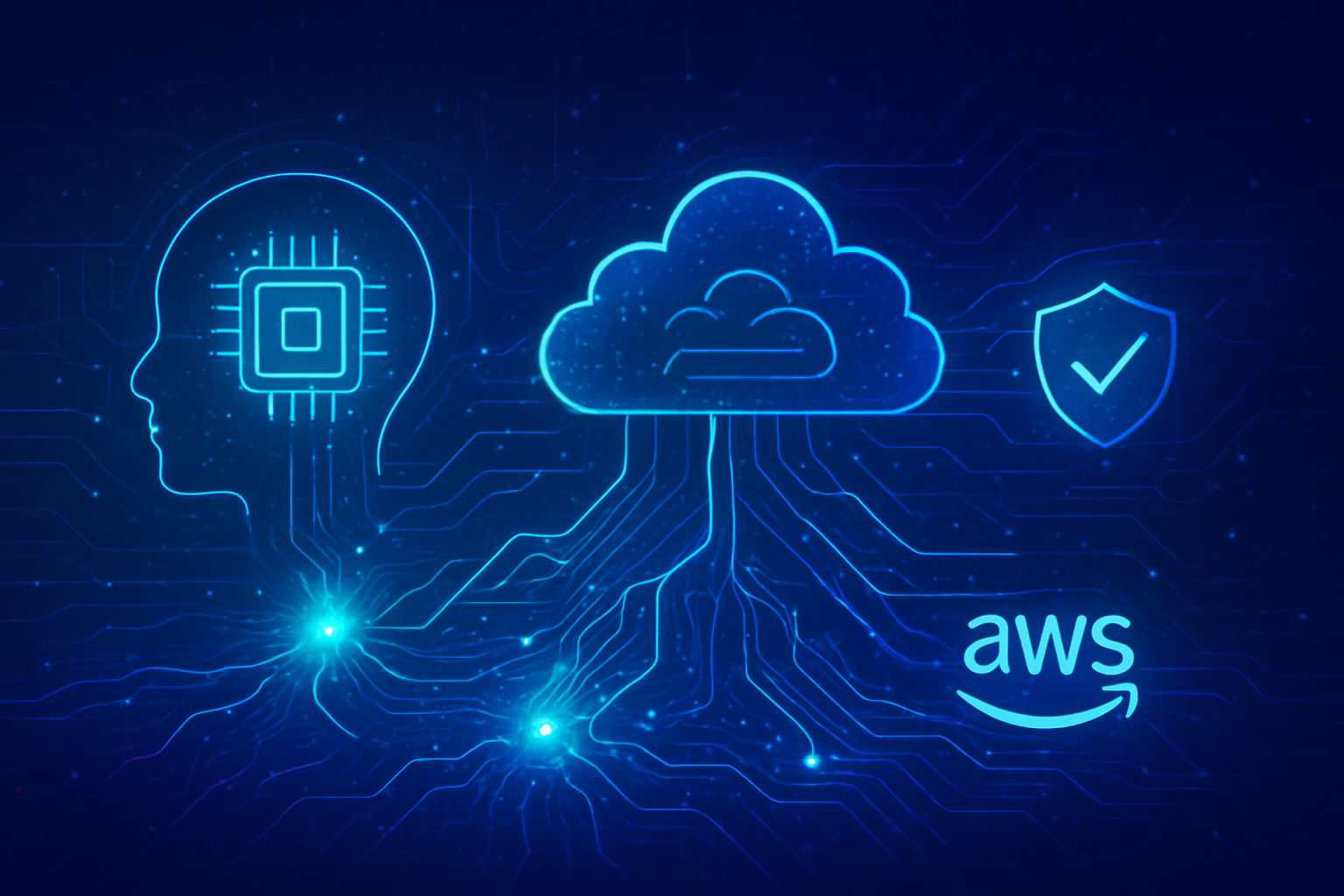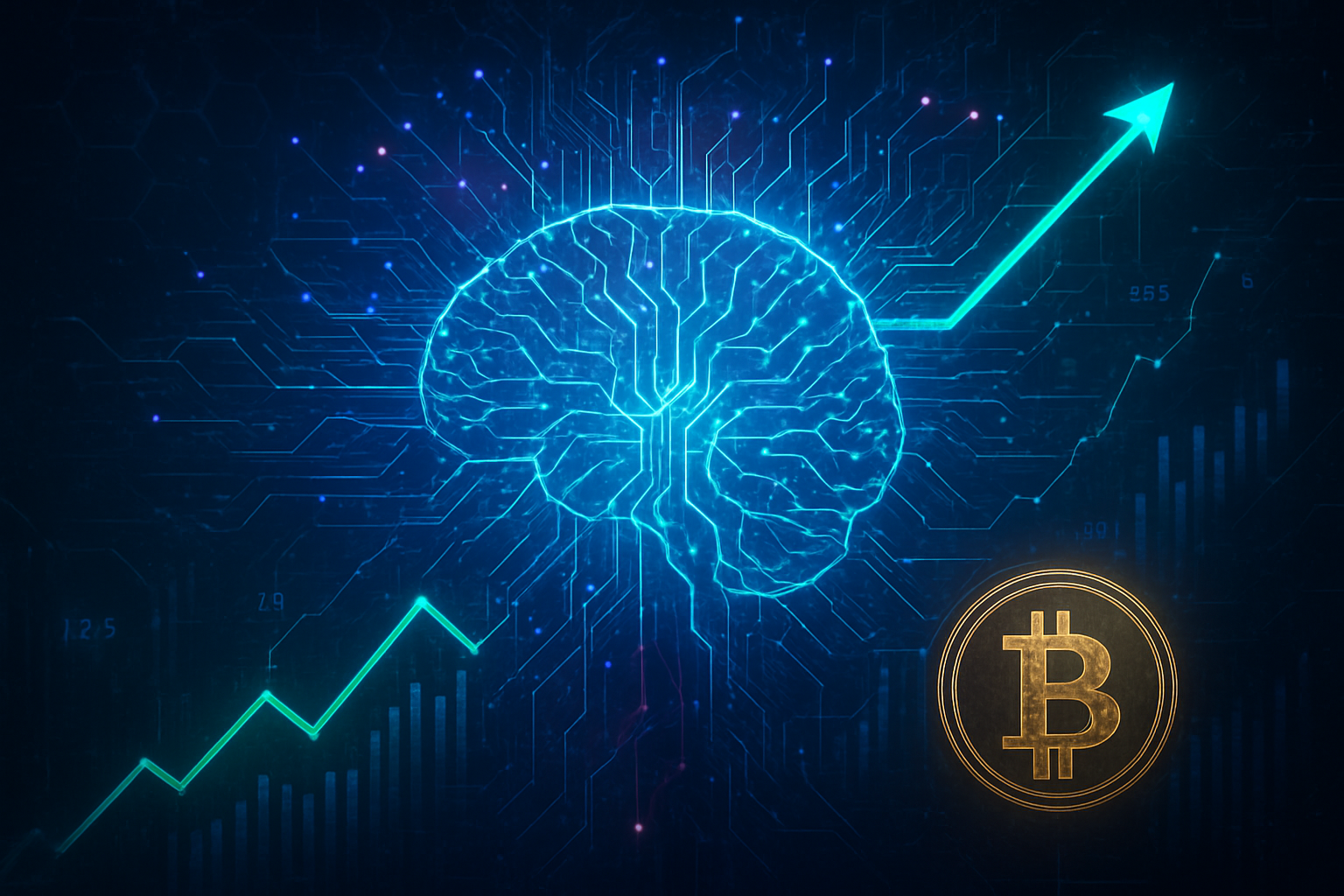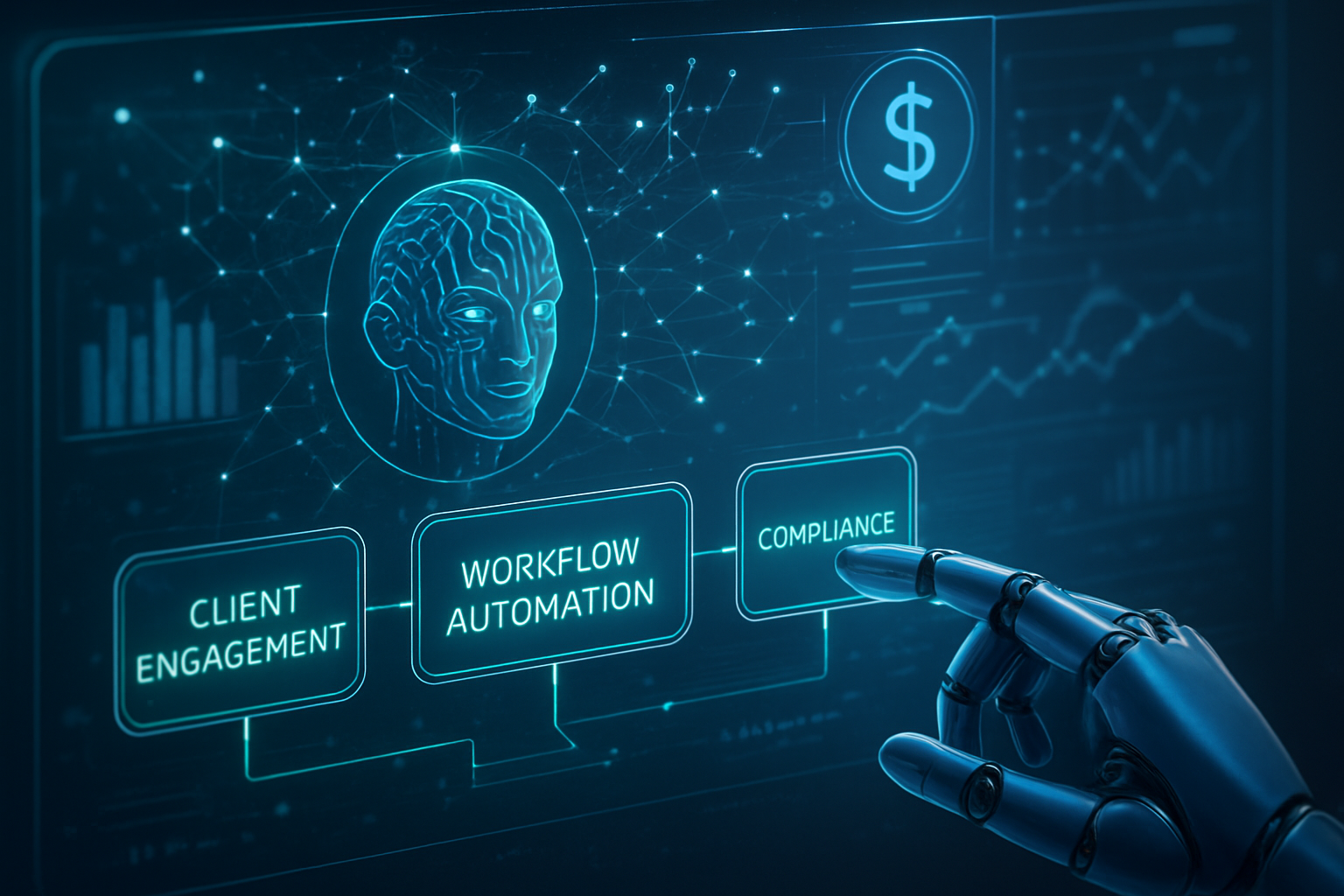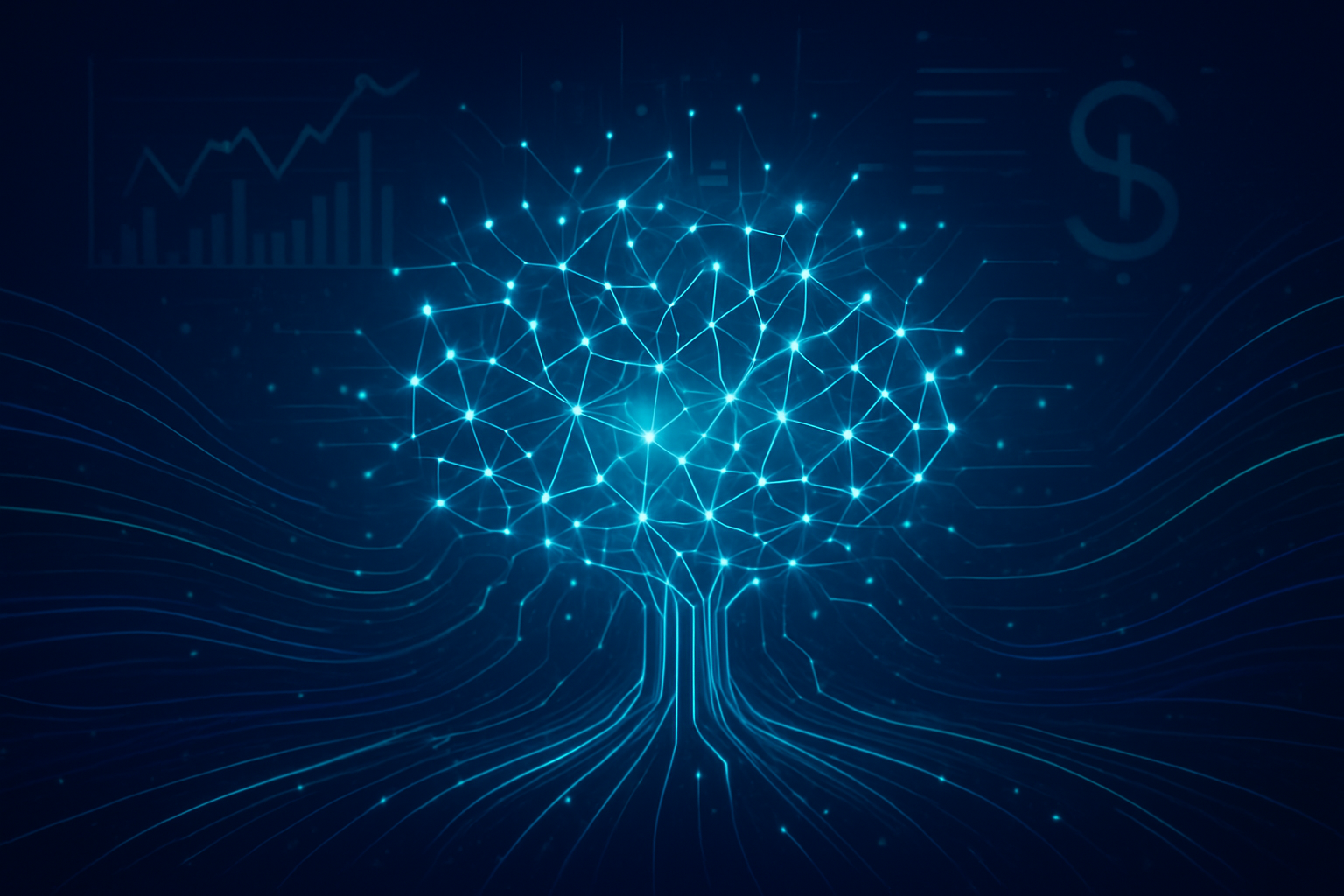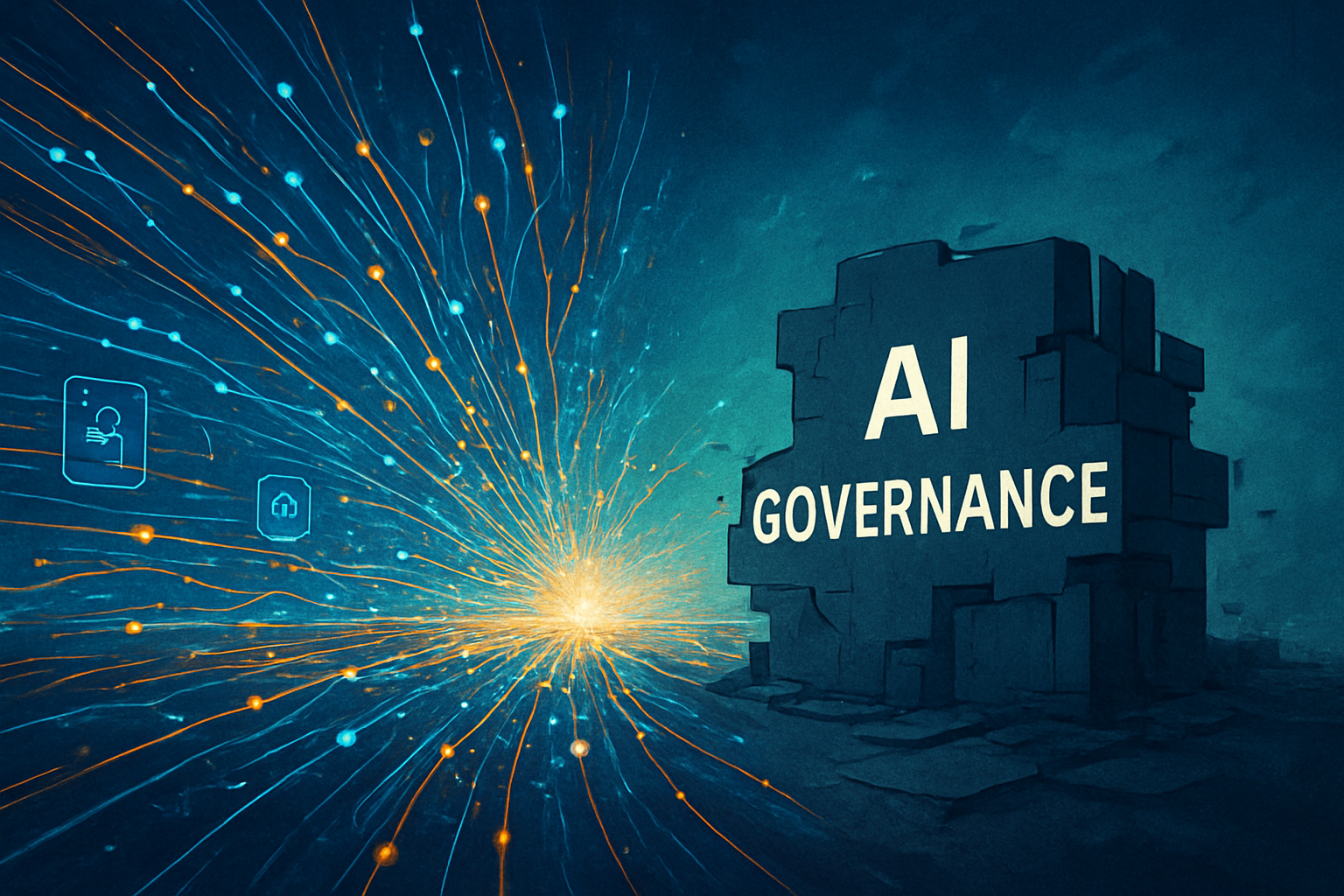BOSTON, MA – December 3, 2025 – Dynatrace (NYSE: DT), a leader in unified observability and security, today announced a significant expansion of its strategic collaboration with Amazon Web Services (AWS) (NASDAQ: AMZN), marked by two pivotal achievements: receiving the AWS LATAM Public Sector Technology Partner of the Year award and achieving the new AWS Agentic AI Specialization. These milestones, unveiled at AWS re:Invent 2025, signal a profound advancement in how organizations can achieve autonomous operations and robust security within the AWS ecosystem, particularly as the adoption of sophisticated AI workflows accelerates. The dual recognition underscores Dynatrace's commitment to delivering cutting-edge, AI-driven solutions that simplify cloud complexity, enhance security, and drive operational efficiency for enterprises globally.
The immediate significance of these announcements cannot be overstated. For the public sector in Latin America, the award solidifies Dynatrace's credibility and proven track record in delivering critical solutions for government, education, and non-profit organizations, building on its previous EMEA recognition. Simultaneously, achieving the AWS Agentic AI Specialization positions Dynatrace at the forefront of a new era of autonomous AI, enabling enterprises to confidently deploy and manage complex AI systems that can predict, prevent, and optimize operations without constant human intervention. This combined momentum empowers AWS customers to significantly reduce mean time to resolution, prevent outages through automated remediation, and strengthen their security posture across dynamic cloud environments, fundamentally redefining digital transformation and operational efficiency.
Agentic AI and Expanded AWS Integrations Redefine Observability and Security
Dynatrace's achievement of the AWS Agentic AI Specialization is a landmark development, placing it among the first to earn this new category within the AWS AI Competency program. This specialization is a testament to Dynatrace's proven technical expertise and customer success in monitoring and governing "agentic AI" systems in production environments. Agentic AI refers to autonomous AI agents capable of predicting and preventing disruptions, protecting systems and data, and optimizing operations without constant human intervention. This differs significantly from previous AI approaches that often required more direct human oversight or were limited to specific, pre-defined tasks. The core innovation lies in the ability of these agents to learn, adapt, and make decisions autonomously, introducing a new layer of complexity and a critical need for specialized observability.
A key technical advancement highlighted by Dynatrace is its enhanced observability for agentic workflows, particularly with the new integration with Amazon Bedrock AgentCore. This integration provides real-time visibility into autonomous agents and their interactions across AWS services. This means development and operations teams can now monitor agent reliability, set intelligent alerts, visualize interactions through live topology maps, and debug distributed agent workflows, converting raw telemetry into actionable insights. This capability is crucial because while agentic AI promises unprecedented efficiency, it also introduces a "visibility gap" in understanding how these autonomous agents behave and perform. Dynatrace's solution directly addresses this, allowing organizations to confidently deploy and scale mission-critical AI applications while ensuring reliability, security, and compliance.
Furthermore, Dynatrace has rolled out several other expanded AWS integrations across observability, security, and DevOps. The new Cloud Operations Solution offers automatic discovery of AWS services and unified dashboards, delivering AI-driven insights to streamline cloud management. Integration with the AWS DevOps Agent (part of AWS's new "frontier agents") is designed to accelerate root cause isolation by providing domain-specific AWS context, shifting from reactive firefighting to proactive operational improvement. For developers, Dynatrace introduced its Kiro autonomous agent, a virtual developer aimed at accelerating productivity by automating tasks from bug triage to feature implementation, extending observability to these development agents themselves. On the security front, integration with AWS Security Hub delivers real-time observability and AI-driven insights for continuous cloud security posture monitoring, helping detect vulnerabilities and provide proactive solutions. Initial reactions from the AI research community and industry experts have been largely positive, recognizing Dynatrace's proactive stance in addressing the complex observability and governance challenges inherent in the burgeoning field of autonomous AI.
Reshaping the AI and Cloud Ecosystem: A Competitive Edge
This strategic advancement by Dynatrace (NYSE: DT) is poised to significantly impact the competitive landscape for AI companies, tech giants, and startups alike. Companies heavily invested in the AWS (NASDAQ: AMZN) ecosystem, particularly those in the public sector or those adopting advanced AI and machine learning, stand to benefit immensely. Dynatrace's Agentic AI Specialization and expanded integrations directly address the burgeoning need for robust observability and security solutions for autonomous AI systems. This development strengthens Dynatrace's market positioning as an indispensable partner for organizations navigating the complexities of modern cloud-native and AI-driven architectures.
From a competitive standpoint, this move provides Dynatrace with a distinct advantage over other observability and security providers. By being among the first to achieve the AWS Agentic AI Specialization and offering deep integrations with cutting-edge AWS services like Amazon Bedrock AgentCore and AWS DevOps Agent, Dynatrace is setting a new standard for monitoring autonomous AI. This could potentially disrupt existing products or services from competitors that have not yet developed comparable capabilities for agentic AI governance and observability. Major AI labs and tech companies that rely on AWS for their infrastructure will find Dynatrace's offerings increasingly attractive, as they provide the necessary visibility and control to confidently deploy and scale their AI initiatives.
The ability to offer precise monitoring, auditing, and optimization for complex AI workflows, coupled with automated cloud operations and enhanced security, positions Dynatrace as a strategic enabler for enterprises striving for true autonomous operations. This creates a significant barrier to entry for new players and solidifies Dynatrace's role as a leader in the AI-driven observability space. Startups building AI applications on AWS will also find value in Dynatrace's solutions, as they offer the tools needed to ensure the reliability and security of their innovative products from the outset, potentially accelerating their time to market and reducing operational risks. The overall effect is a deepening of Dynatrace's integration into the AWS ecosystem, making it a more integral part of the cloud journey for a vast array of customers.
Broader Significance: Advancing the Autonomous Enterprise
Dynatrace's recent achievements, particularly its Agentic AI Specialization and expanded AWS (NASDAQ: AMZN) integrations, represent a significant stride in the broader AI landscape, aligning perfectly with the accelerating trend towards autonomous enterprises. This development fits into a larger narrative where AI is moving beyond mere automation of tasks to intelligent self-management and self-healing systems. By providing the tools to observe, secure, and optimize agentic AI, Dynatrace (NYSE: DT) is enabling organizations to confidently embrace a future where AI agents take on increasingly complex operational responsibilities, from predicting system failures to automating code generation and deployment.
The impacts of this advancement are multifaceted. For businesses, it promises a leap in operational efficiency, reduced human error, and faster innovation cycles. The ability to trust autonomous AI systems with critical operations, underpinned by Dynatrace's robust observability, means organizations can reallocate human resources to higher-value strategic initiatives. Societally, the responsible deployment of agentic AI, facilitated by comprehensive monitoring and governance, can lead to more resilient and efficient digital infrastructures, impacting everything from public services to critical national infrastructure. Potential concerns, however, revolve around the complexity of these systems and the need for continued vigilance regarding ethical AI use, data privacy, and the potential for unforeseen interactions between autonomous agents. Dynatrace's focus on providing visibility and control is a crucial step in mitigating these concerns.
Comparing this to previous AI milestones, such as the rise of machine learning for predictive analytics or the advent of large language models for generative AI, Dynatrace's move into agentic AI observability marks a pivot towards operationalizing intelligent autonomy. While earlier breakthroughs focused on the creation of AI capabilities, this development emphasizes the management and governance of these capabilities in live, production environments. It signifies a maturation of the AI industry, where the focus is shifting from simply building powerful AI to ensuring its reliable, secure, and efficient operation at scale. This is a critical step towards realizing the full potential of AI, moving beyond experimental phases into widespread, dependable enterprise adoption.
The Horizon of Autonomous Operations: What Comes Next
The achievement of Agentic AI status and the expanded AWS (NASDAQ: AMZN) integrations by Dynatrace (NYSE: DT) herald a new era for autonomous operations, with significant developments expected in both the near and long term. In the near term, we can anticipate a rapid increase in the adoption of agentic AI systems across various industries, particularly those with complex, dynamic IT environments like financial services, telecommunications, and, as highlighted by the LATAM Public Sector award, government and educational institutions. Dynatrace's comprehensive observability and security for these autonomous agents will become a critical enabler, allowing organizations to accelerate their digital transformation initiatives with greater confidence. Expect to see further refinement and expansion of integrations with other AWS frontier agents and services, providing even deeper insights and control over AI-driven workflows.
Looking further ahead, the potential applications and use cases on the horizon are vast and transformative. We could see agentic AI evolving to autonomously manage entire cloud environments, from resource provisioning and scaling to security patching and incident response, all orchestrated and optimized by AI agents monitored by Dynatrace. Beyond IT operations, agentic AI, with robust observability, could revolutionize areas like personalized healthcare, smart city management, and advanced manufacturing, where autonomous systems can adapt to real-time conditions and make intelligent decisions. The introduction of Dynatrace's Kiro autonomous agent for developers also points to a future where AI plays an increasingly active role in software development itself, automating tasks and accelerating the entire DevOps lifecycle.
However, several challenges need to be addressed for this future to fully materialize. These include ensuring the explainability and interpretability of agentic AI decisions, managing the ethical implications of increasingly autonomous systems, and developing robust security frameworks to protect against sophisticated AI-driven threats. Scalability and performance optimization for massive fleets of interacting agents will also remain a key technical hurdle. Experts predict that the next phase will involve a greater emphasis on "human-in-the-loop" governance for agentic AI, where human oversight and intervention capabilities are seamlessly integrated with autonomous operations. The focus will shift towards creating hybrid intelligence systems where humans and AI agents collaborate effectively, with observability platforms like Dynatrace acting as the crucial bridge for understanding and managing these complex interactions.
A New Benchmark in AI-Driven Observability and Cloud Excellence
Dynatrace's (NYSE: DT) recent accolades – the AWS (NASDAQ: AMZN) LATAM Public Sector Technology Partner of the Year award and the pioneering AWS Agentic AI Specialization – coupled with its expanded AWS integrations, mark a pivotal moment in the evolution of AI-driven observability and cloud management. The key takeaway is clear: Dynatrace is not merely adapting to the rise of autonomous AI; it is actively shaping how enterprises can effectively and securely leverage it. By providing unparalleled visibility, security, and operational intelligence for agentic AI systems and complex AWS environments, Dynatrace is empowering organizations to transition from reactive IT management to proactive, self-healing, and self-optimizing operations.
This development holds significant historical importance in the AI landscape. It signifies a critical step beyond the theoretical and into the practical application and governance of advanced AI. While previous AI milestones focused on creating intelligent models, Dynatrace's achievements underscore the necessity of robust frameworks to manage these models when they operate autonomously in production. It sets a new benchmark for what is possible in cloud observability and security, particularly for the public sector and enterprises adopting sophisticated AI. The long-term impact will be a fundamental shift in how businesses approach digital transformation, enabling them to unlock unprecedented levels of efficiency, innovation, and resilience.
In the coming weeks and months, the industry will be closely watching several key areas. First, the real-world adoption and success stories of Dynatrace's Agentic AI capabilities in diverse enterprise and public sector environments will provide crucial insights into its practical impact. Second, further integrations and advancements in Dynatrace's platform, particularly around explainable AI and ethical AI governance for autonomous agents, will be anticipated. Finally, the competitive response from other major observability and cloud management vendors will indicate how quickly the industry as a whole adapts to the demands of agentic AI. Dynatrace has clearly positioned itself as a frontrunner in this exciting and transformative chapter of artificial intelligence.
This content is intended for informational purposes only and represents analysis of current AI developments.
TokenRing AI delivers enterprise-grade solutions for multi-agent AI workflow orchestration, AI-powered development tools, and seamless remote collaboration platforms.
For more information, visit https://www.tokenring.ai/.
